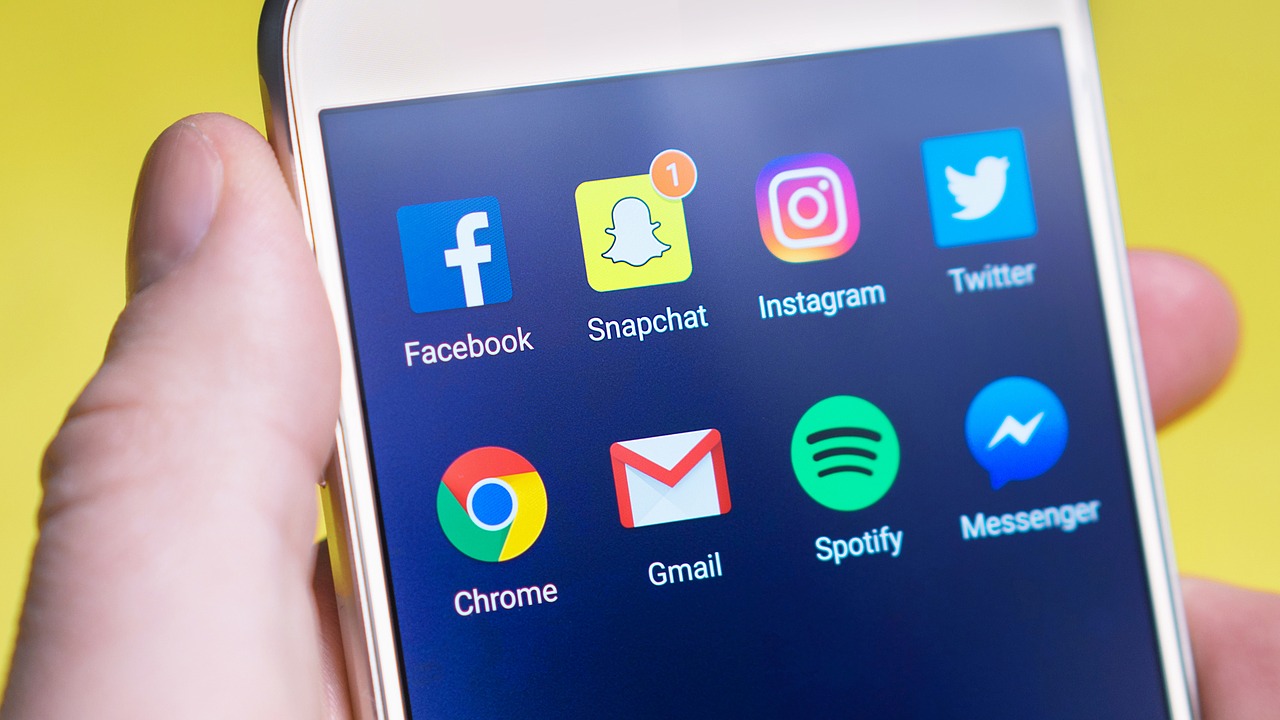Snapchat emulates Chinese super apps
The photo platform Snapchat is opening up to third-party services, following the lead of Chinese super apps like WeChat, where users can do most of their digital day-to-day.

With the "Minis" feature, slimmed-down versions of other apps can be integrated directly into Snapchat. The first apps presented allow users to buy movie tickets and create flashcards, among other things.
Chinese apps like WeChat and Tencent - a major Snapchat shareholder - are raking in billions by charging fees on other providers' business on their platforms. Snapchat, however, is not currently planning any such levies.
In another innovation that could bring in new advertising revenue, Snapchat will in the future display information about cafes, restaurants and shopping stores on the map integrated into the app. The map was previously used primarily to see the whereabouts of friends.
Augmented reality
Snapchat also wants to give Apple and Google more competition in so-called augmented reality (AR), in which digital content on the screen is integrated into real environments.
After initial fun applications like virtual masks or cat whiskers, Snapchat built a business platform that lets people try on sneakers on the display, for example, or get an impression of the shade of cosmetics on their own face.
At a partner conference on Thursday, Snap showed off its expanded arsenal for app developers in the space. This includes the "Local Lenses" feature, which scans entire streets in 3D to enable augmented reality experiences based on these models.
The "Scan" function recognizes objects in front of the camera and displays information about them - Snapchat cites plants or dog breeds as examples. Google has built up a similar visual search engine with its "Lens" service.
Snapchat, on the other hand, does not do everything itself, but serves as a platform for various specialized services. Various apps can integrate the Snapchat camera with their functions - and at the same time combine it with their own machine learning algorithms.
Dent ironed out
With the "Dynamic Lenses" function, developers can integrate information from their apps in real time. This could become even more interesting when AR glasses are available in addition to smartphones, in which digital content is projected onto the glasses. According to media reports, Apple, among others, is working on this. The iPhone company has also been relying on AR applications for years.
Snapchat originally became popular, especially among young users, with the idea of making viewed photos disappear on their own. Snapchat has since recovered from a dip in growth due to competition from Instagram, among others, and a poorly received redesign of the app. In the past quarter, the number of daily users rose to 229 million - with a significant increase of 11 million users. (SDA)








